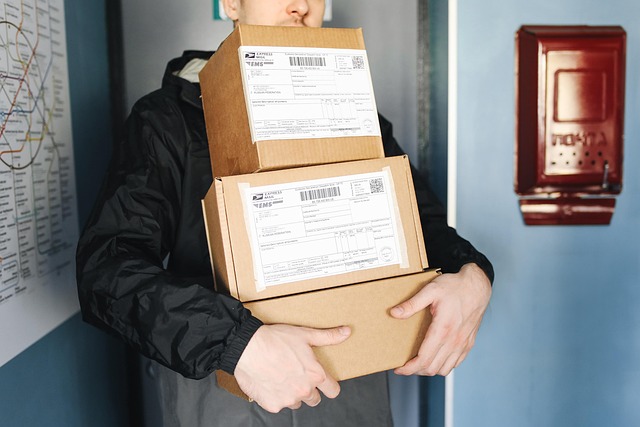Coordinating suppliers for seamless event food operations
Effective coordination of suppliers ensures menus, staffing, delivery, and logistics align for banquets, buffets, corporate events and hospitality settings. This article outlines practical steps for menu planning, seasonal sourcing, allergen control, sustainability and budgeting to help events run smoothly.

Coordinating multiple food suppliers is central to consistent, timely and safe event operations. Success depends on clear communication, shared timelines, and well-documented specifications that link menu decisions to logistics, staffing and delivery. When suppliers understand portioning, plating expectations, allergen requirements and seasonal constraints up front, the risk of last-minute substitutions and service delays falls. This opening paragraph sets the context for how menus and vendor relationships shape banquets, buffets and corporate events across hospitality venues and pop-up sites.
Menus and menu planning
Menu choices drive procurement and supplier selection, so begin by translating a client’s brief into precise menu planning documents. Specify portion sizes, plating style and any required garnishes so primary and secondary suppliers can confirm availability and lead times. When menus include seasonal items, provide alternatives and substitution rules to vendors. Include allergen lists and ingredient origins with each dish to help suppliers verify compliance. Regular menu reviews—aligned with vendor stock cycles—reduce last-minute changes and ensure consistency between what’s ordered and what arrives on site.
Banquets, buffets, and plating
Service format affects supplier packaging, quantities and timing. Banquets often require plated, portion-controlled deliveries with coordinated heating schedules, while buffets need bulk quantities, replenishment plans and durable serving ware. Communicate plating diagrams and photographs to suppliers so portioning and presentation match expectations. For buffet service, agree on refill intervals and safe holding temperatures. Consider staging and flow: suppliers should know when kitchen space will be available for staging and where service stations will be set up to avoid bottlenecks during setup and service.
Events and corporate coordination
Corporate events typically have strict timelines, security protocols and branded requirements, so supplier contracts should reflect these constraints. Share event timelines, venue access windows and contact chains with all vendors. Include particulars such as badge requirements, delivery docks and load-in routes. Coordinate with client liaisons to confirm tasting outcomes and finalize menus well before the event date. Clear escalation procedures for day-of issues help vendors respond quickly to last-minute client requests or changes in guest counts without compromising service quality.
Hospitality, staffing, and delivery
Staffing and vendor roles must be defined to ensure smooth service. Identify which tasks suppliers handle—on-site cooking, final plating, staffing servers or providing bussing crews—and where responsibility shifts to the venue or primary caterer. Align delivery windows with staff schedules to ensure goods are received, inspected and staged. Train on-site teams and vendor crews on service sequences, plating notes and allergen procedures. When drivers and service staff are briefed on venue constraints and service flow, deliveries are faster and setup time is minimized.
Logistics, delivery, and budgeting
Logistics planning ties procurement to budget realities. Create delivery schedules that reflect suppliers’ lead times and the event’s staffing plan to avoid double handling and extra transport costs. Use consolidated deliveries when possible to reduce vehicle trips and ensure vendor packaging is compatible for stacking and storage. Factor in contingency allowances in the budget for last-minute ingredient substitutions or expedited deliveries. Track invoices and supplier terms, and document agreed-upon penalties or credits for missed windows to keep budgeting transparent and predictable.
Sustainability, seasonal sourcing, and allergens
Incorporating sustainability affects supplier selection and menu decisions. Prefer suppliers that track sourcing, reduce single-use packaging and can provide seasonal alternatives that lower environmental impact. Build allergen management into contracts: require suppliers to label products, separate production runs when necessary and supply ingredient declarations. For seasonal menus, set decision checkpoints to confirm availability and price stability. Communicate sustainability and allergen commitments to clients and vendors, and include verification steps during deliveries to ensure compliance with agreed standards.
Coordinating suppliers for event food operations reduces risk and improves guest experience, but it requires precise documentation, shared timelines and clear role definitions. By aligning menu planning with logistics, staffing and sustainability goals, event teams create predictable workflows that keep banquets, buffets and corporate events running on schedule. Consistent communication, contingency planning and periodic reviews of supplier performance help maintain quality while controlling costs and meeting client expectations.




